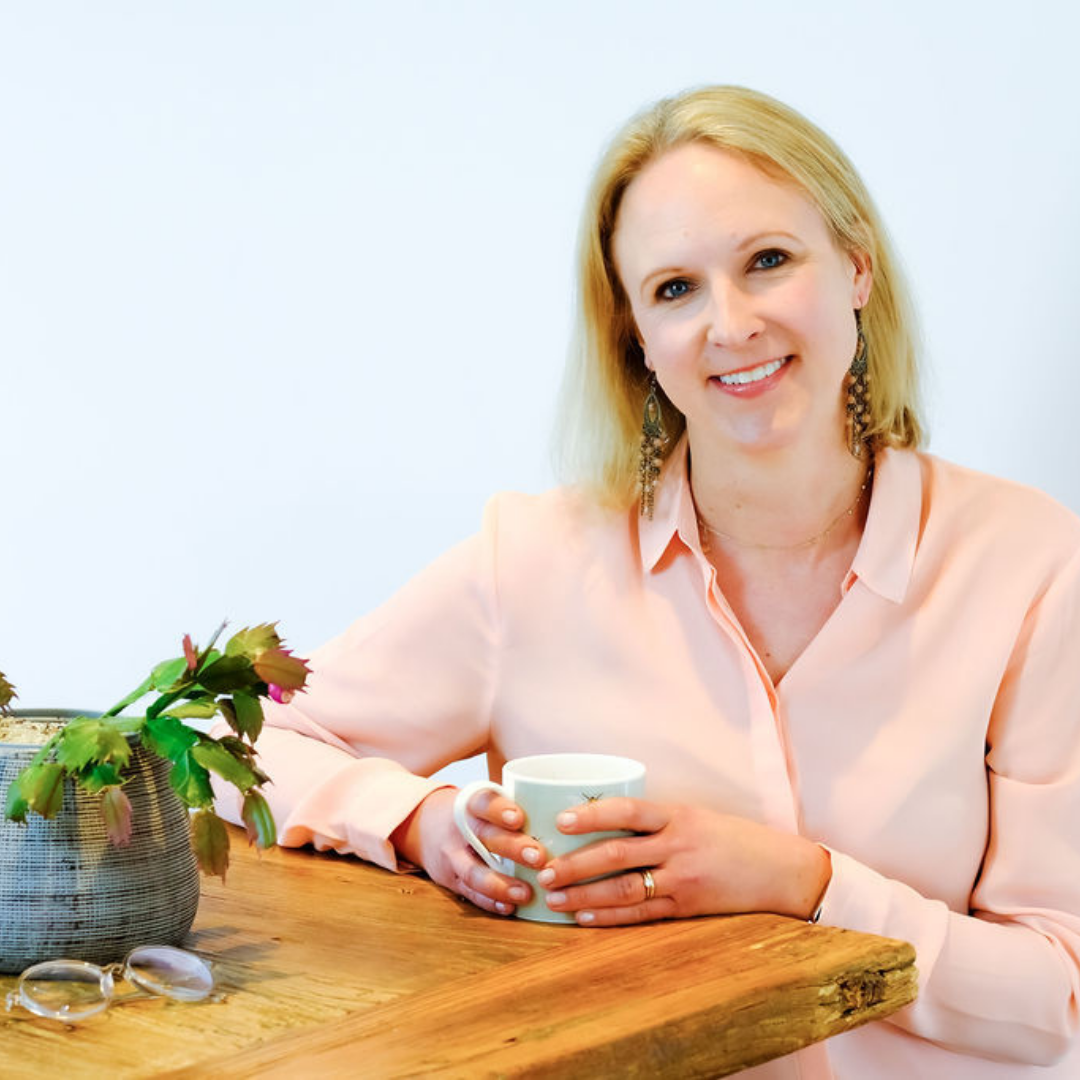What major donor fundraisers can learn from corporate partnership managers

Despite major donor fundraisers and corporate partnerships professionals often targeting the same people (such as CEOs of major businesses), we tend to take a completely different approach – or worse, operate in silos without learning from each other.
To cross the divide between disciplines, Andy King has shared his top three lessons that major donor fundraisers can learn from people working in corporate partnerships (and if you work across both corporate and major donor I’m sure this blog will ring true!). You can read Louise’s companion piece about what corporate partnerships professionals can learn from a major donor approach here.
1. Know where to fish:
Both corporate partnerships professionals and major donor fundraisers risk falling into the same trap – of fishing in the wrong ocean. Renée Mauborgne, in her incredible book “Blue Ocean Strategy”, explains that there are two places you can fish: the red ocean and the blue ocean.
In the red ocean, you will find the usual suspects – for major donor fundraisers, this is the Sunday Times Rich List and celebrities whereas, for corporate partnerships, this is companies like Google, Tesco and KPMG. In the blue ocean, you will find all the lesser-known people who will have smaller (but still very significant) gifts to give your charity and the medium-sized or smaller companies who might partner with you.
Renée explains that the reason the red ocean is red is simple: it is the blood of everyone else you are fighting to fish there. She explains that by focussing on the blue ocean, you will catch a much higher number of fish, and have a much more enjoyable time fishing.
So both corporate partnership professionals and major donor fundraisers should spend time working out which ocean they’re fishing in.
2. Patient persistence is key:
Both securing major gifts and securing partnerships are a marathon, rather than a sprint. Soliciting a gift from a major donor can take many months and building a strategic partnership can take anywhere from six months to two years. The key is to be both persistent and patient with your pipeline.
Though there are a number of frameworks and metrics of how to measure progress of your potential supporter, at Remarkable Partnerships we love the 7-11-4 framework. This framework was designed by Google after some research in what it takes to make a “major purchasing decision”, and the logic is as follows.
For someone to make a major purchase (such as a significant gift or to commit to a three year partnership), they need to have spent:
- 7 hours of dwell time – with dwell time meaning having your charity at the front of their brain
- Between 11 different touch points – with each email, meeting or phone call being a touch point
- Across 4 different locations – with locations being a type of communication, such as an email, a phone call or a zoom meeting.
Once you have completed these three metrics, the person you are speaking to is likely going to be as “proposal ready” as they will ever be.
3. The importance of packaging:
One of our favourite quotes about sales comes from Seth Godin, a true marketing genius, who says “an unwrapped piece of jewellery is worth far less without the box”.
Whether you’re offering the chance to make a significant contribution to a project or presenting a strategic partnership pitch, we recommend presenting your opportunity as a diamond ring – and therefore making sure your diamond ring has the velvet box it needs.
For example, when Leonard Cheshire Scotland proposed their partnership with Neatebox, they put their partnership offer into a simple two page document. They started with the story of a beneficiary that they had helped, before revealing that the problem was too big to tackle alone – and for every one person they helped, there were several left behind. They re-iterated the shared purpose with Neatebox, what they were asking the company for and what the company could expect in return. It demonstrated the emotional reason, the business case and the relationship all in one. And they won the partnership.
We hope this set of three lessons has been helpful and ignited your curiosity about what else you can learn from fundraisers working in corporate partnerships. If you have any interest in talking about this topic further, please don’t hesitate to get in touch.
Andy is the Partnerships Manager at Remarkable Partnerships and curator of the upcoming conference Corporate Partnerships Everywhere, which has a number of sessions that would be relevant to high-value fundraisers – such as using behavioural science to nail your pitch and how colour insights can help you maximise relationships. Check out the line-up here: https://fundraisingeverywhere.com/corporate

Louise Morris is the Founder of Summit Fundraising. She is a major donor fundraising specialist and has worked with over 200 charities helping them raise large gifts.
